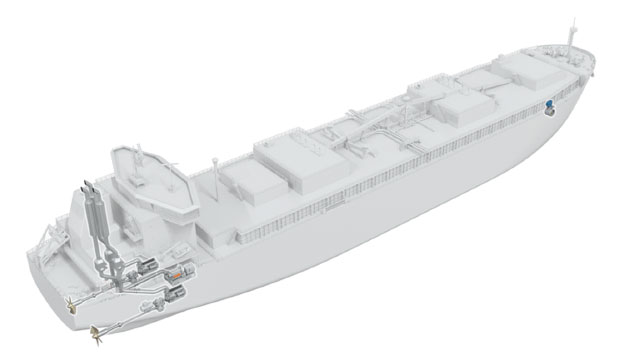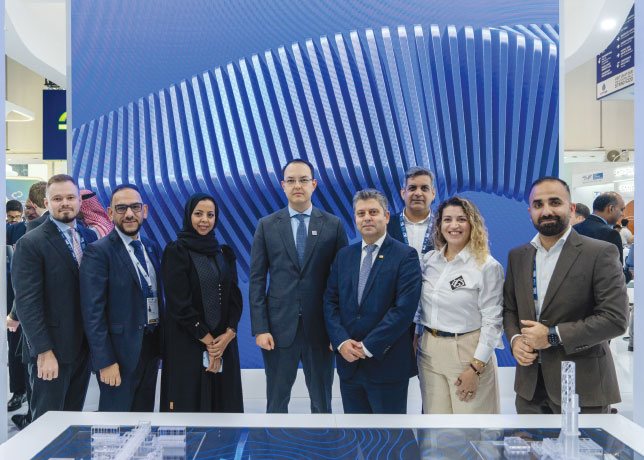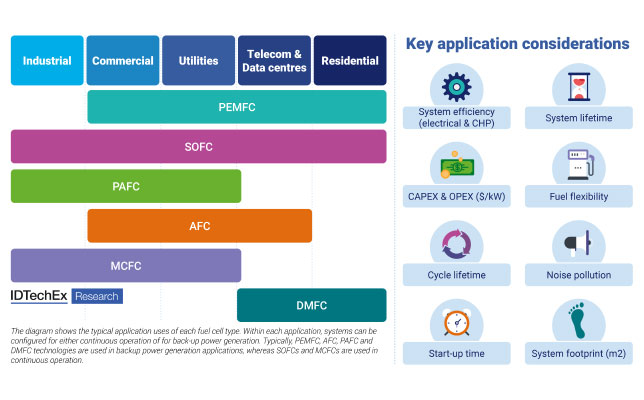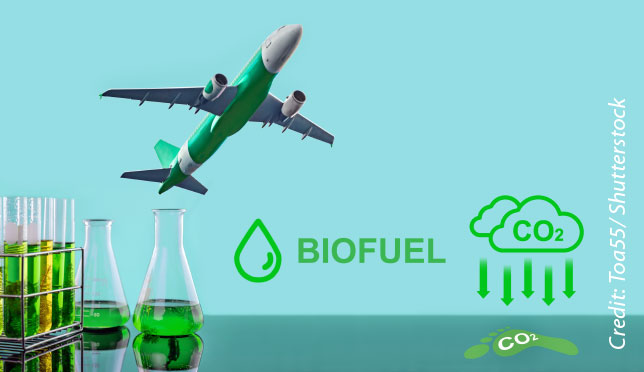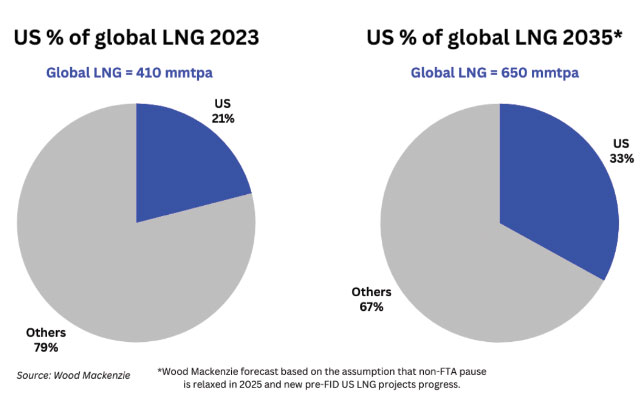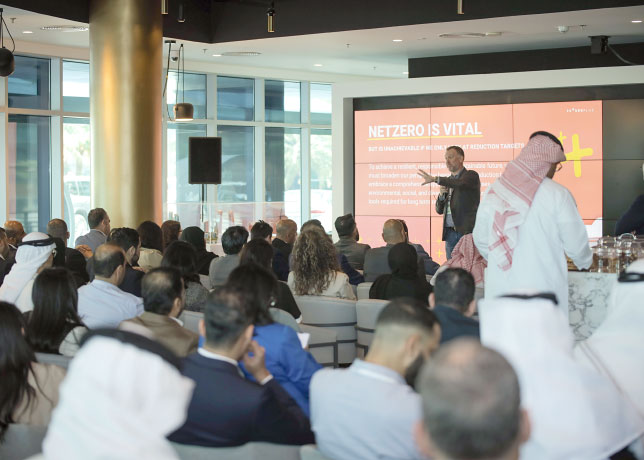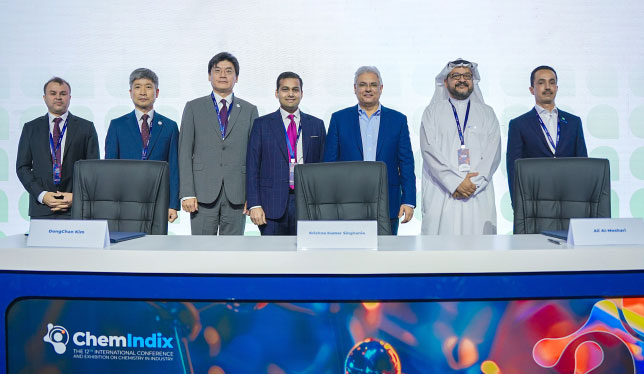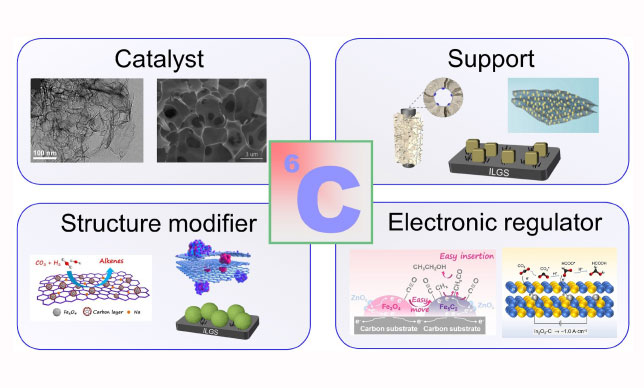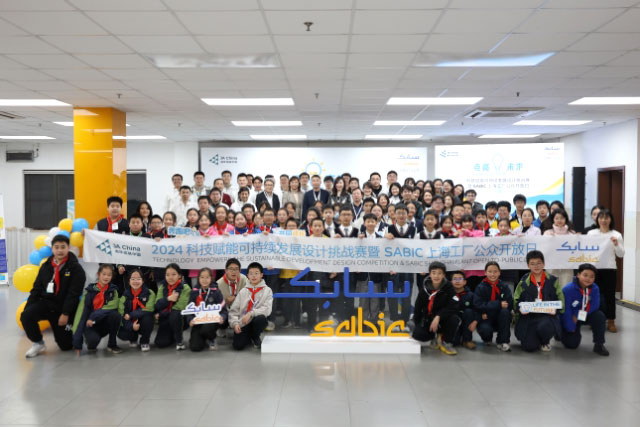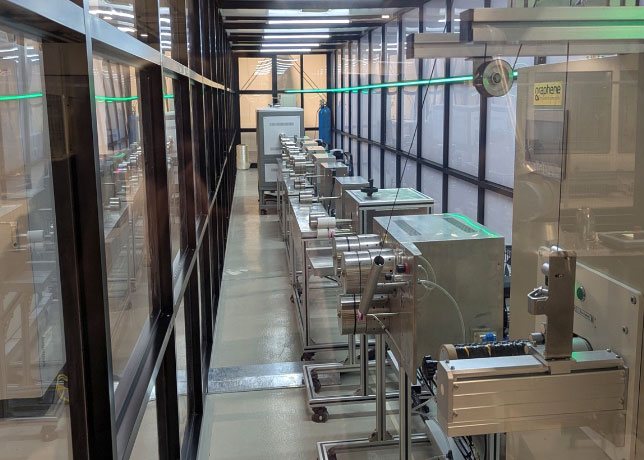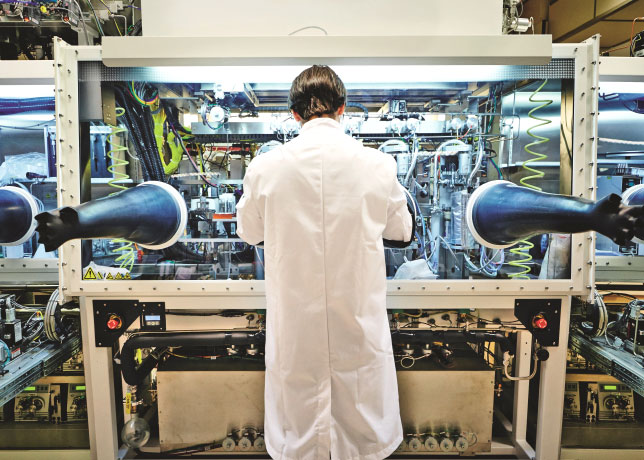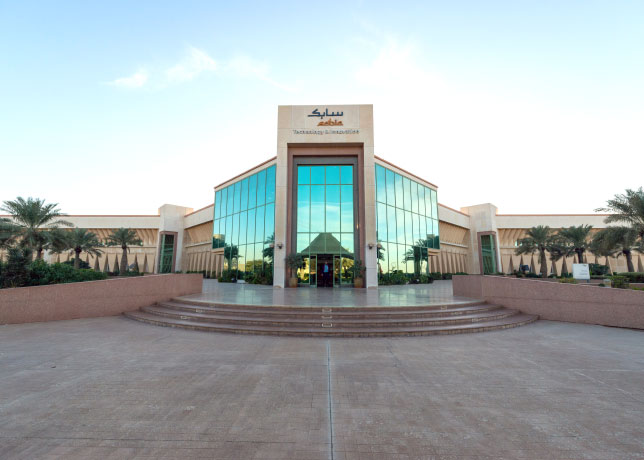
The acceleration of servitisation across various industries is being significantly influenced by artificial intelligence (AI). A new study by IFS reveals that 43% of senior leaders from diverse sectors consider the shift to a servitised business model a high priority, and it is AI and automation that is emerging as the key drivers in reaching this goal, according to Vijay Jaswal, Chief Technology Officer of APJ&MEA, at IFS.
Currently, 28% of organisations are leveraging AI to fast-track their move towards servitisation, aiming to boost operational efficiency in the process. As companies strive for competitive advantage in the rapidly evolving business world, the impetus for integrating AI and automation stems from their proven impact on revenue growth and profitability enhancement, transforming how organisations deliver value to their customers at the same time.
TECHNOLOGIES IN GREAT DEMAND
Leaders across industries recognise the pivotal role AI must play as the foundation of a servitised approach. That’s something vendors are increasingly seeing influencing the investments their customers make in technology.
The research underscores the high demand for AI technology, with 52% of respondents recognising they must implement it, and an additional 40% acknowledging they ‘could or should’ do so. Automation is not far behind, with 51% of participants identifying it as a necessary implementation and 41% considering its potential adoption.
Supporting technologies also play a crucial role. The significance of interoperability and integration is widely recognised, with 46% of respondents emphasising the need for end-to-end business connectivity. Moreover, Enterprise Asset Management (EAM) is highlighted as a critical area, with 40% of respondents committed to its implementation and another 50% recognising that they could or should consider its integration.
PROVEN CUSTOMER VALUE
However, the overriding focus on AI and automation makes sense for businesses today. AI has become a cornerstone of the shift towards servitisation thanks to its ability to enhance customer-centric services.
Across asset-intensive industries from heavy manufacturing to oil and gas and utilities, for example, we are seeing growing use of enterprise simulation, an approach that is increasingly supported by the use of AI-driven digital twin technologies. Enterprise simulation can be carried out either at business-wide, or a functional level to ascertain strategy, next steps and action required based on a moving landscape.
In the former case, an energy company might, for instance, decide to conduct enterprise simulation because they know there’s a price hike coming and they want to simulate the impact of that to help inform the strategy they need to adopt. Conversely, a CFO might want to carry out enterprise simulation from a functional perspective because of a geo-political crisis or rising costs in order to ascertain at what level the company is financially robust and how to navigate changes.
The enhanced insight a business obtains from enterprise simulation can then play into its approach to service scheduling, and ultimately servitisation more generally. If, for instance, a supply chain is impacted by geo-political events, a utility might take longer to schedule a servicing visit and get a boiler fixed. The logical next step is to using the insights from the enterprise simulation to review product scheduling and optimisation.
Running alongside, AI can be used for anomaly detection. Machine learning algorithms can analyse vast datasets to gain deep insights into customer preferences and behavior. This invaluable knowledge allows organisations to tailor their services with precision, creating unparalleled customer experiences.
Building on this, AI-powered anomaly detection capabilities can predict and prevent equipment failures before they occur. We have seen examples of this across multiple industry sectors. In oil and gas, organisations use anomaly detection to discover patterns in their existing data and rapidly build models that anticipate seal failures weeks earlier than their internal operations teams. In chemicals, the technology can identify off-spec events in advance, thereby reducing reprocessing and inventory costs and, in mining, the technology can monitor movement of low-grade ore and adjust grinding speed to prevent blockage.
AI-driven anomaly detection can help customers reduce downtime, improve asset utilisation, and lower maintenance costs. The same technology can be used to analyze customer data and identify patterns and trends. This information can then be used to personalise customer interactions, by providing targeted recommendations and proactive support, further enhancing the delivery of servitisation.
Generative AI can be used to further hone the servitised approach, by analysing all the relevant data, indicate where processes are not working well; and recommend changes to workflows, for example.
PRACTICAL IMPLEMENTATIONS TODAY
The survey reveals how organisations are currently using AI, with capturing new customer segments and targeting new marketings coming out on top (28%). This was closely followed by increasing customer satisfaction (27%), improving customer retention (26%), and securing higher profit margins (25%).
Automation, on the other hand, is helping to streamline service delivery. It eliminates manual and repetitive tasks, enabling organisations to provide services more efficiently and at scale. As a subset of this, robotic process automation (RPA) is an approach that relies heavily on data-driven insights, AI and connected assets to support its effectiveness. But fuelled by this rich functionality, it too is optimising back-end processes, reducing operational costs, and enhancing service quality.
In today's service economy, meeting customer demands while balancing employee engagement, SLAs, and costs is challenging. By ensuring efficient job allocation, real-time adjustments, and predictive analytics, AI enables businesses to streamline operations, enhance service delivery, and boost customer satisfaction. However, the human touch remains crucial—AI supports, not replaces, decision-makers.
POSITIVE PROSPECTS
The integration of AI and automation into business operations is not just a trend; it is a strategic imperative for organisations aiming to lead in the servitisation journey. These technologies are not merely tools for operational efficiency; they are the catalysts for innovation, customer satisfaction, and sustainable growth.
Enterprises that embrace AI and automation – and in lockstep address any workforce hesitations, put in place organisational guidance for adoption, and nurture the maturity of the organisation to support AI and automation initiatives – are positioning themselves at the forefront of their industries, shaping the future of service delivery and customer engagement. They are not just adapting to change; they are driving it, creating a competitive advantage that is difficult to replicate. As we look to the future, the role of AI and automation in servitisation will only become more pronounced. Now is the time for organisations to embrace these technologies, innovate relentlessly, and lead the charge in this transformative era of business.










